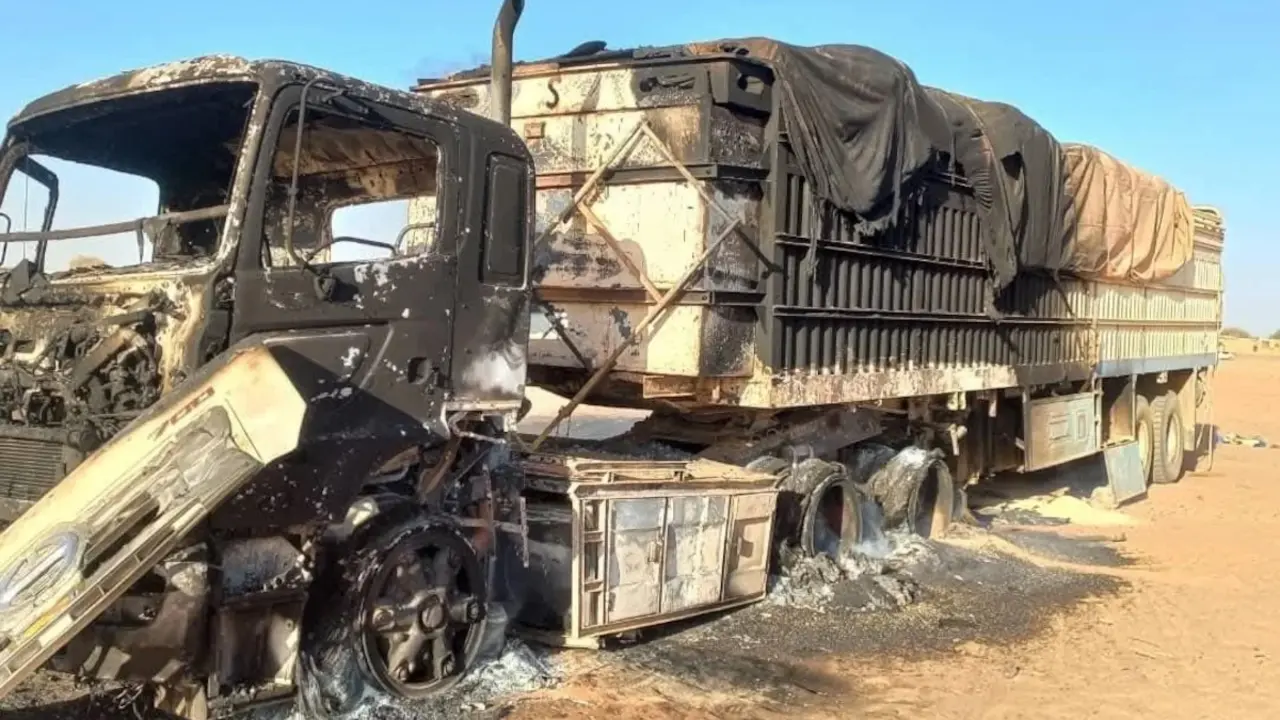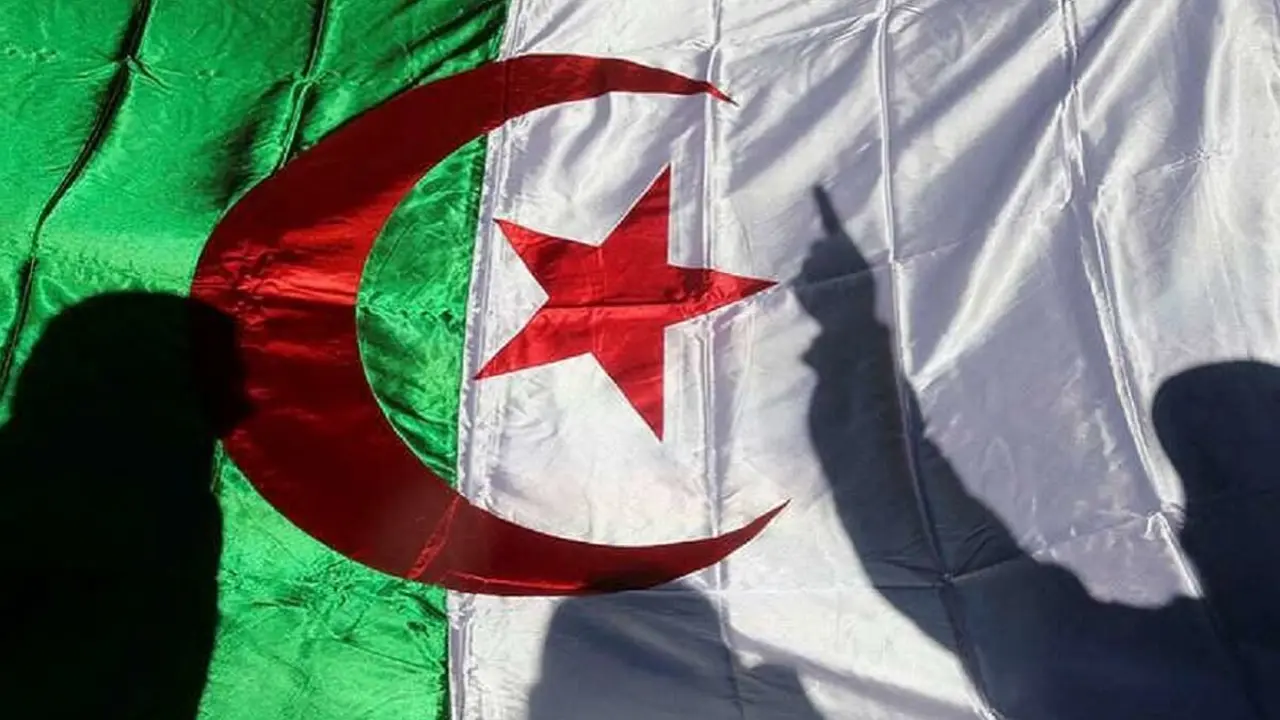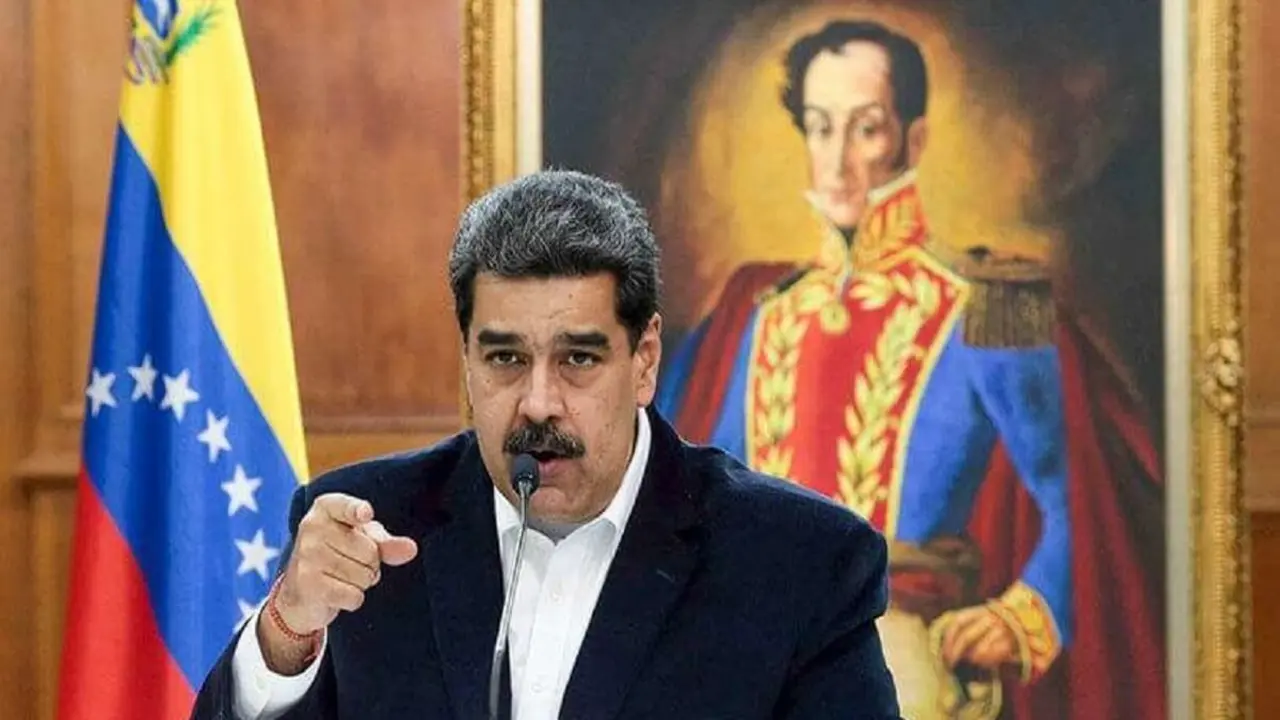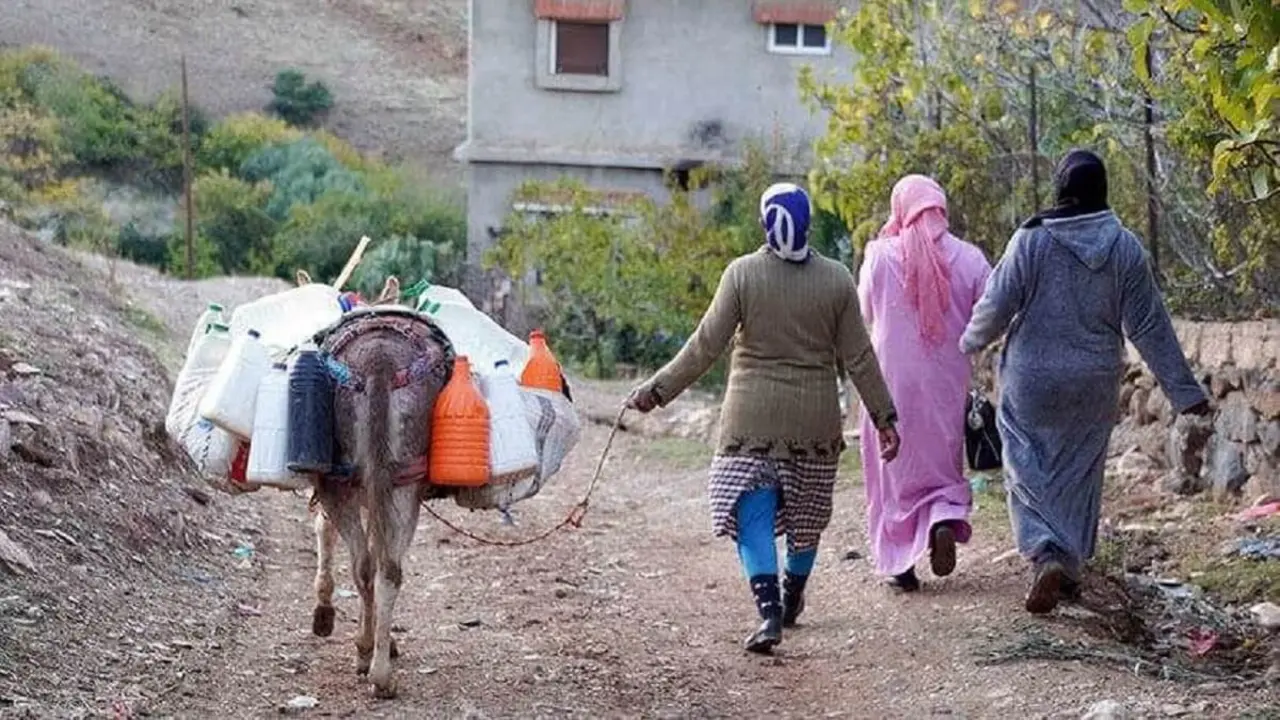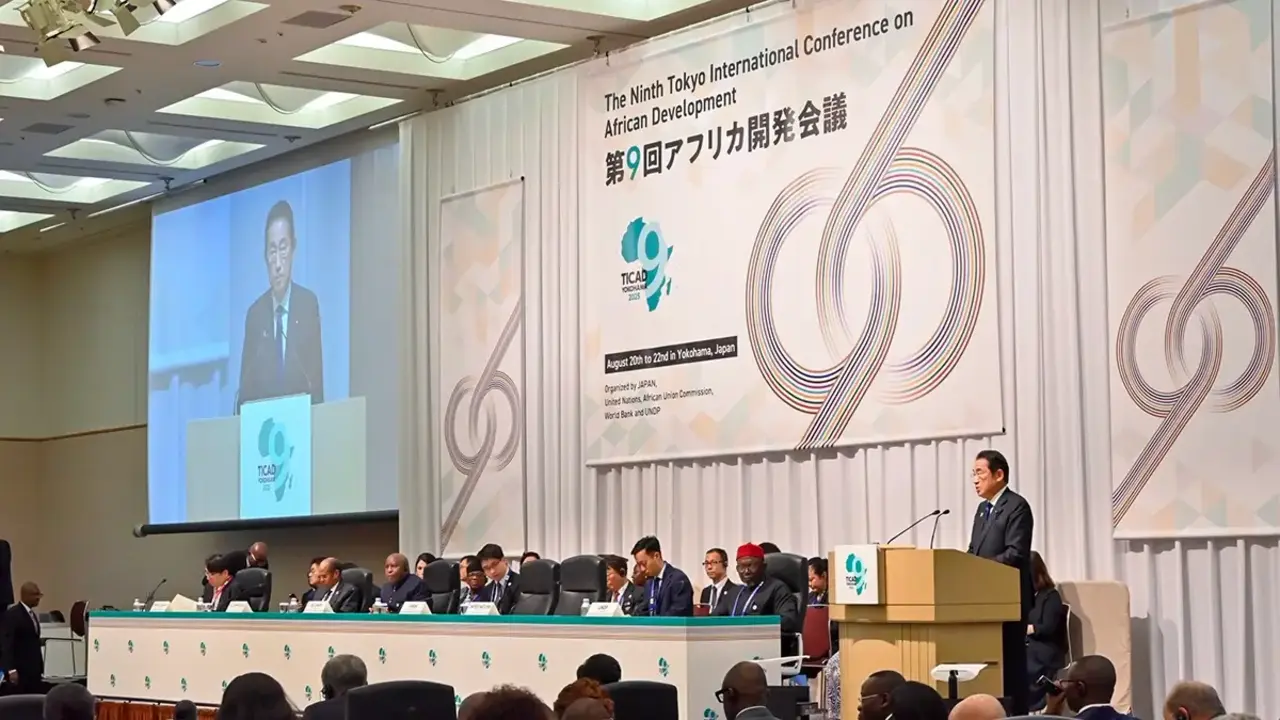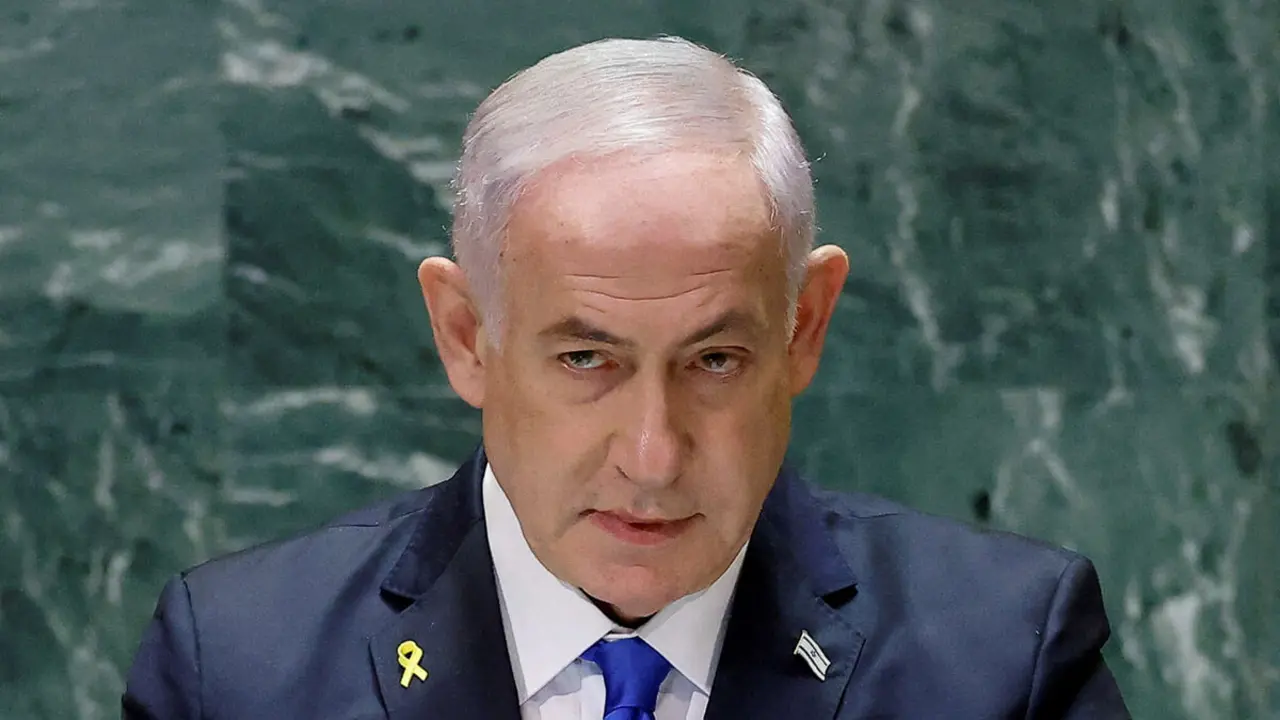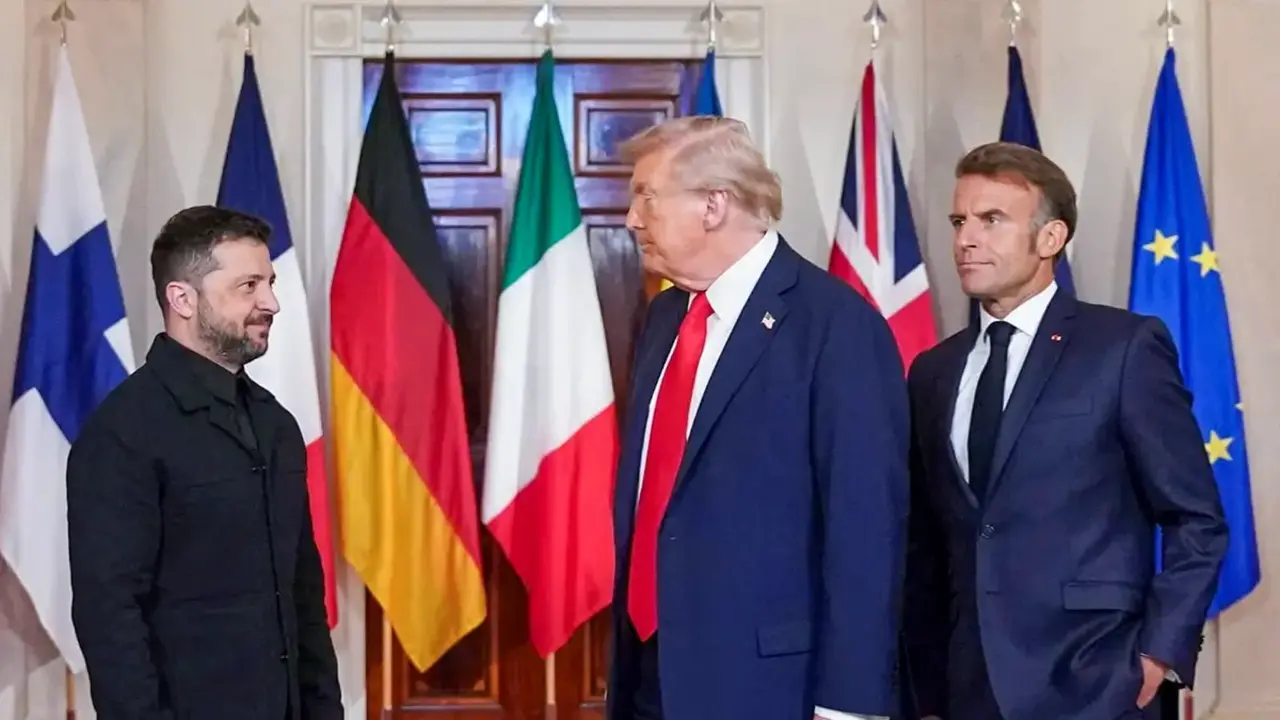Colombia records 35 social leaders killed since the start of the year

Since early 2021, the number of social leaders assassinated in Colombia has risen to 35, according to the Institute of Development and Peace Studies (INDEPAZ). The latest murder, that of indigenous leader Gilberto Findicue, took place on the 23rd by a group of armed men who also tried to kidnap four community members.
Ombudsman Carlos Camargo condemned the murder, remarking that "there will be much to do as long as there is a single social leader in danger" and urged institutions to "adopt measures to address the multi-causal origins of the risks affecting social leaders and human rights defenders".
The Ombudsman Office has already launched the so-called "Estamos Contigo" (We are with you) strategy, which seeks to prevent, comprehensively protect, guarantee access to justice and the non-stigmatisation of social organisations, leaders and human rights defence groups.
For many years, the killing of activists has been a problem in Colombia, and the peace agreements between the Colombian state and the FARC have not stopped it. In 2020 alone, Indepaz reported the murder of 310 social, indigenous, Afro-Colombian and peasant leaders, members of the LGBT community and 64 signatories of the Peace Accord, the most violent year for these groups. Since the signing of the peace accords in Havana, an astronomical 1,140 people have been murdered.

Trade unionist Diego Betancourt, peasant farmer Alfredo García, community leader Robinson Quino and indigenous woman Luz Aída Conchave are just some of the activists whose lives were taken this year. Social leader Julián Esneider Muñoz, who was shot six times as he left his home on the way to his hairdresser's, is also on this list. Muñoz was a member of the social group Prisoners of Hope (Prisioneros de Esperanza), where he worked to diminish the violence in Cali’s neighborhoods with music, art, and sports.
The 136-page report presented by Human Rights Watch last February is devastating. Entitled 'Left Undefended: Killings of Rights Defenders in Colombia’s Remote Communities', it documents and details cases that have occurred throughout the country over the past five years. The NGO also denounces in its report "the deficiency" of the Colombian government's efforts to prevent these crimes and protect potential victims.
“Colombia has had the highest number of human rights defenders killed of any Latin American country in recent years, but the government’s response has been mostly talk, with little meaningful action,” said José Miguel Vivanco, Americas director at Human Rights Watch. “The administration of President Iván Duque frequently condemns the killings, but most of the government systems to address the problem are barely functional or have serious shortcomings.”

Killings of human rights defenders have increased since the Revolutionary Armed Forces of Colombia (FARC) guerrillas demobilized as part of a 2016 peace accord with the government. Other armed groups, including several that emerged from the FARC, have stepped into the breach, fighting for control of territory, engaging in illegal activities, and using violence against civilians.
The control of illegal logging and mining, and cocaine cultivation, among other illicit activities, are disputed between these groups. One of the points included in the Peace Accord was the substitution of illegal coca crops for other types of crops so that peasants could earn a licit living and no longer be subjected to the armed groups. However, little progress has been made to date and many peasants are forced to remain in subjugation or to abandon their land to avoid being killed.
Colombia has a broad range of policies, mechanisms, and laws designed to prevent abuses against human rights defenders and other people at risk. But their implementation has often been poor, Human Rights Watch found.
For example, the National Protection Unit, under the Interior Ministry, has been charged since 2011 with protecting people at risk. To its credit, the unit has granted individual protection measures to hundreds of human rights defenders. But it only provides individual protection schemes in response to reported threats, and many of those killed had not received threats or been able to report them. The unit also provides collective protection measures for communities or groups. But its budget is extremely limited, and the unit has rejected the vast majority of collective protection requests.

The Early Warnings System in the National Ombudsperson’s Office plays a crucial role in monitoring risks, including in remote regions. But national, state, and municipal authorities have repeatedly failed to respond to scores of “Early Warnings,” or have reacted in a pro-forma and ineffective way.
Efforts to bring killers to justice have proven more meaningful. The Attorney General’s office has passed directives and created specialized units to prosecute the killings, with 59 convictions since 2016. Yet serious progress in prosecuting people who ordered the killings, as well as in dismantling the armed groups, is still needed. Moreover, of the 59 convictions, only ten are for the instigators of the crimes or the intellectual authors, leaving the majority of the leadership of these groups untouched.
The government has also failed periodically to convene the National Commission of Security Guarantees, which is charged with designing policies to dismantle armed groups responsible for killing rights defenders.
In general terms, there is still a lack of political will and resources to put an end to the violence, which means that by the end of 2021 the number of people killed will have increased exponentially, leaving another bloody year in Colombia's history.


